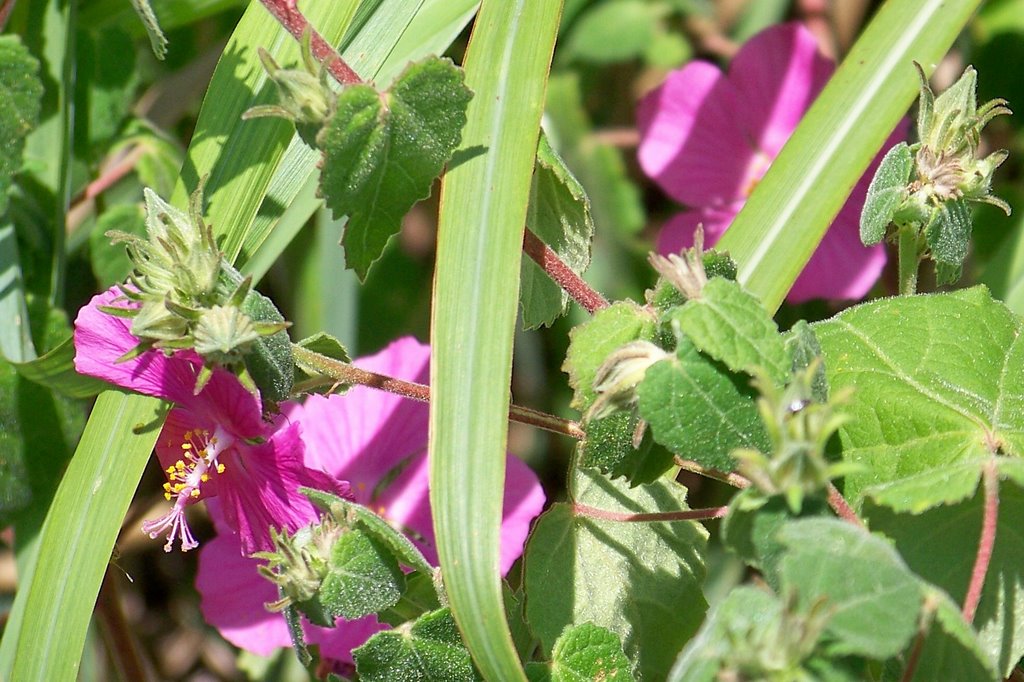
When I moved to South Texas, I dug up my cherished Zephranthes sp. lilies in my old garden in Central Texas and moved them to my new garden. I gave the lilies prestigious locations in the new garden. I expect the lilies to blow people's minds with their their frequent blooming habit and amazingly beautiful flowers. Instead, I noticed a rapid decline in the lilies' health. I suspected the salt content in the soil was the culprit. It could have been something else, but I wasn't prepared to fool around with potentially losing these garden gems. The solution I came up with was these metal tubs (pictured above). I punctured many holes in the bottom of the tubs for drainage, and I filled them up with good quality soil. As you can see, the lilies are quite healthy. Unfortunately, it is dry, dry in South Texas right now, so I don't have any blooms to show you right now. Next time they bloom, I will give an updated picture.


3 comments:
Hello Andrew,
I have quite a few Zephranthes 'La Buffarosea' brought along from my last house which are settling in well here. Mine like water, but they can't be fooled by irrigation and won't bloom unless there is real rain. I think they need moisture in combination with pressure changes, because even a small amount of rain with a storm brings out the flowers.
I hope you get both rain and lilies soon~
Annie at the Transplantable Rose
I'm in the middle of a drought right now in Florida and all of irises I planted this year died. I'll have to try your idea. How do you tell the salt content the soil? Will you average soil tester tell you that information?
Hi Wicked Gardener,
Well, I think you can get a soil test done from your local agricultural extension office. They probably can tell you, in general, how salty the soils are around your area. One thing to look for is white crust developing along the top of the soil, especially after it rains. This is a tale-tell sign of high levels of salt in the soil. If you have high levels of salt, I'd be sparse with synthetic fertilizers and manure composts. Those both add more salt to the soil. You might try your irises in simple raised beds. Just mound up a good compost-soil mixture higher than the surrounding soil. That is a good way to keep the salt away from the roots. When you go out to the beach in South Texas, you see little if any vegetation on flats where there is a lot of soil, but you'll often see these mounds where the plantlife is quite diverse. That is nature's way of making raised beds to keep the salt content low.
Post a Comment